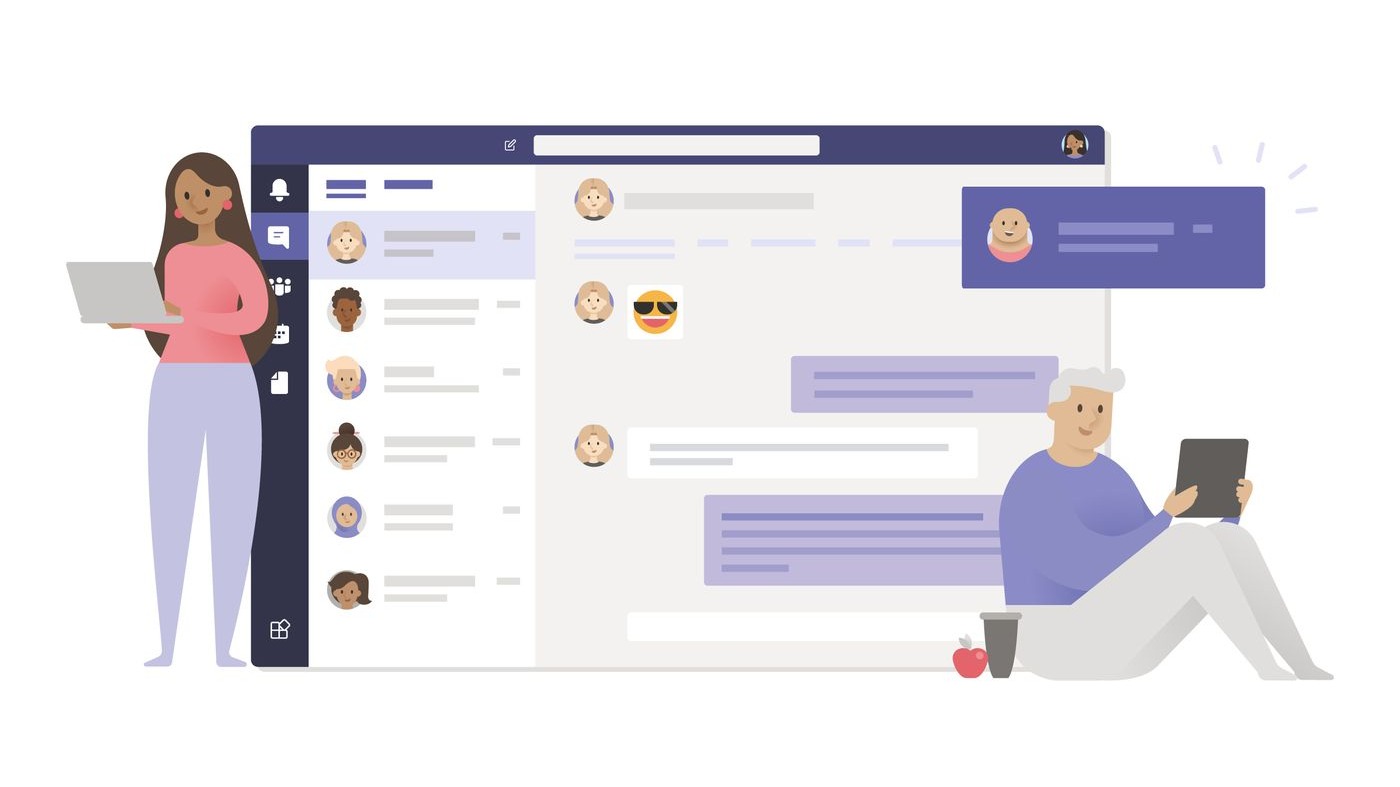Researchers at Microsoft have claimed that a hacker group linked to the Russian government has been using the Microsoft Teams messaging application to carry out ‘highly targeted’ social engineering attacks against dozens of global organisations.
According to a blog post from Microsoft researchers, “fewer than 40 unique global organisations” have been targeted since May, with hackers pretending to act as technical support staff.
According to the blog, members of the hacker group set up domains and accounts that looked like technical support. They would then attempt to engage Teams users and have them approve multifactor authentication (MFA) prompts such as confirming a push notification on a phone or disclosing a generated security code provided via text.
The researchers said: "Microsoft has mitigated the actor from using the domains and continues to investigate this activity and work to remediate the impact of the attack.”
None of the targets were disclosed by Microsoft, with the blog adding: "The organisations targeted in this activity likely indicate specific espionage objectives by Midnight Blizzard directed at government, non-government organisations (NGOs), IT services, technology, discrete manufacturing, and media sectors.”
The hacker group has been identified as Midnight Blizzard or APT29 – a Russia-based hacking organisation which has been linked to the country’s foreign intelligence service by the UK and US governments.
Latest News
-
Asahi weighs dedicated cybersecurity unit after ransomware disruption
-
Crypto exchange HashKey ‘raises $206m’ in Hong Kong IPO
-
UK signs agreement with Canada on semiconductor research network
-
Build-A-Bear teams up with Uber Direct for same-day delivery service
-
BBVA expands ChatGPT to 120,000 employees
-
BIS and Central banks test post-quantum cryptography in payments
The future-ready CFO: Driving strategic growth and innovation
This National Technology News webinar sponsored by Sage will explore how CFOs can leverage their unique blend of financial acumen, technological savvy, and strategic mindset to foster cross-functional collaboration and shape overall company direction. Attendees will gain insights into breaking down operational silos, aligning goals across departments like IT, operations, HR, and marketing, and utilising technology to enable real-time data sharing and visibility.
The corporate roadmap to payment excellence: Keeping pace with emerging trends to maximise growth opportunities
In today's rapidly evolving finance and accounting landscape, one of the biggest challenges organisations face is attracting and retaining top talent. As automation and AI revolutionise the profession, finance teams require new skillsets centred on analysis, collaboration, and strategic thinking to drive sustainable competitive advantage.
© 2019 Perspective Publishing Privacy & Cookies











Recent Stories